Eating low-fiber foods is not a stylish or fashionable diet in the contemporary sense, but rather a diet out of necessity. You won’t find it in any Hollywood or sports magazine as a diet for superstars or the chosen route for athletes.
If you are required to follow this low-residue diet, below, you will find a list of 19 foods containing very little or no fiber at all.
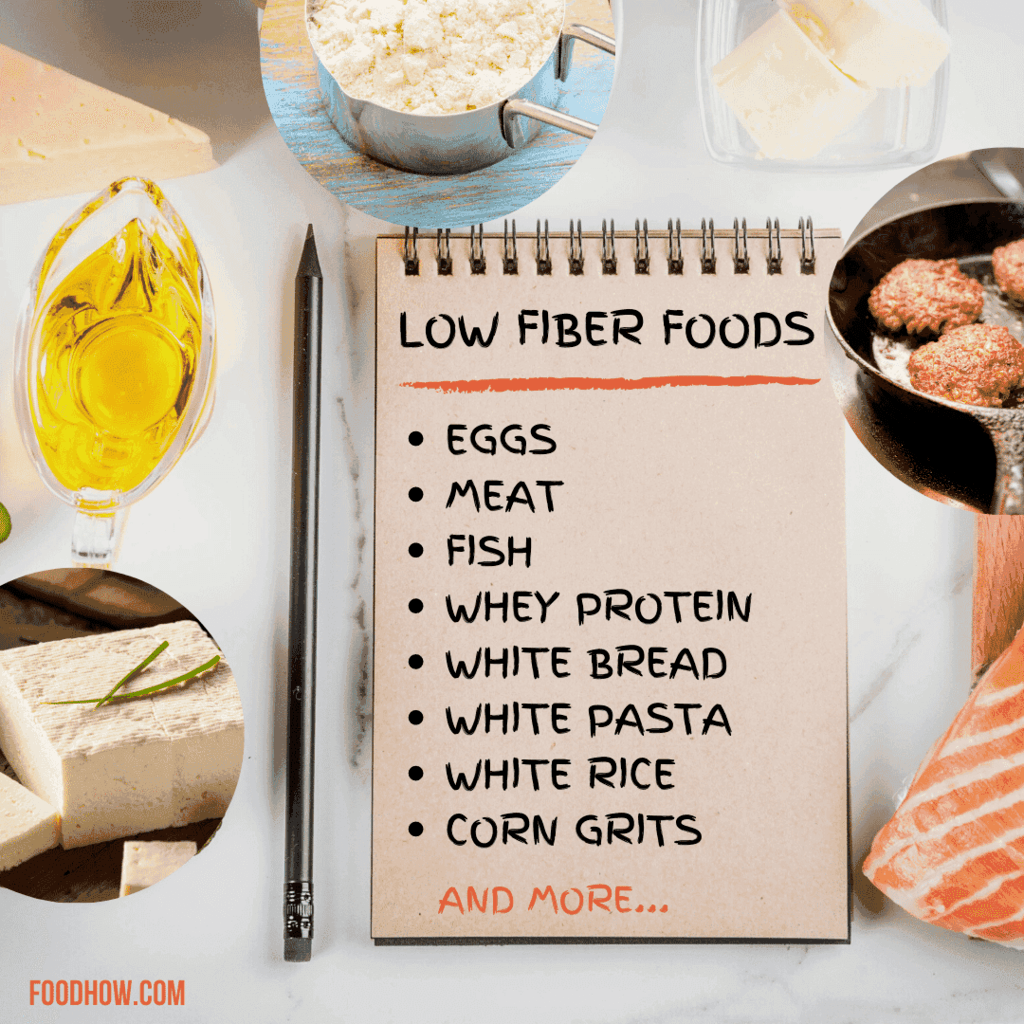
Why Low-Residue Diet?
The reasons behind a low-residue diet could be surgery, or any number of bowel issues and ailments such as Irritable Bowel Syndrome, Crohn’s Disease, or Ulcerous Colitis, to name a few. There are many reasons for a low-residue eating plan. This diet is done purely for specific health reasons, pretty much.
There are no real health benefits for such a diet except for preventative measures.
Getting Your Vitamins And Minerals
A low-residue diet is not a nutrition-rich diet. Any diet that limits certain foods could also decrease the intake of many important vitamins and minerals. Potassium, calcium, folic acid, iron, and vitamin b12, and vitamin C supplements are recommended on very restricted diets like this one. A general course of over-the-counter multivitamins should be sufficient.
Does Cooking Food Make Them Lower In Fiber?

It is an often-queried concept, the idea that cooking food will make them less fibrous.
Cooking can slightly modify the structure of the fibrous cell walls in vegetables. However, fiber is very tough and remains mostly undisturbed by moderate cooking. The actual fiber content of food before and after cooking remains relatively unchanged.
However, a process that will reduce fiber is peeling, filtration, removing skins, removing seeds, and heavy processing.
Do Pureed Vegetables And Fruits Have Less Fiber?
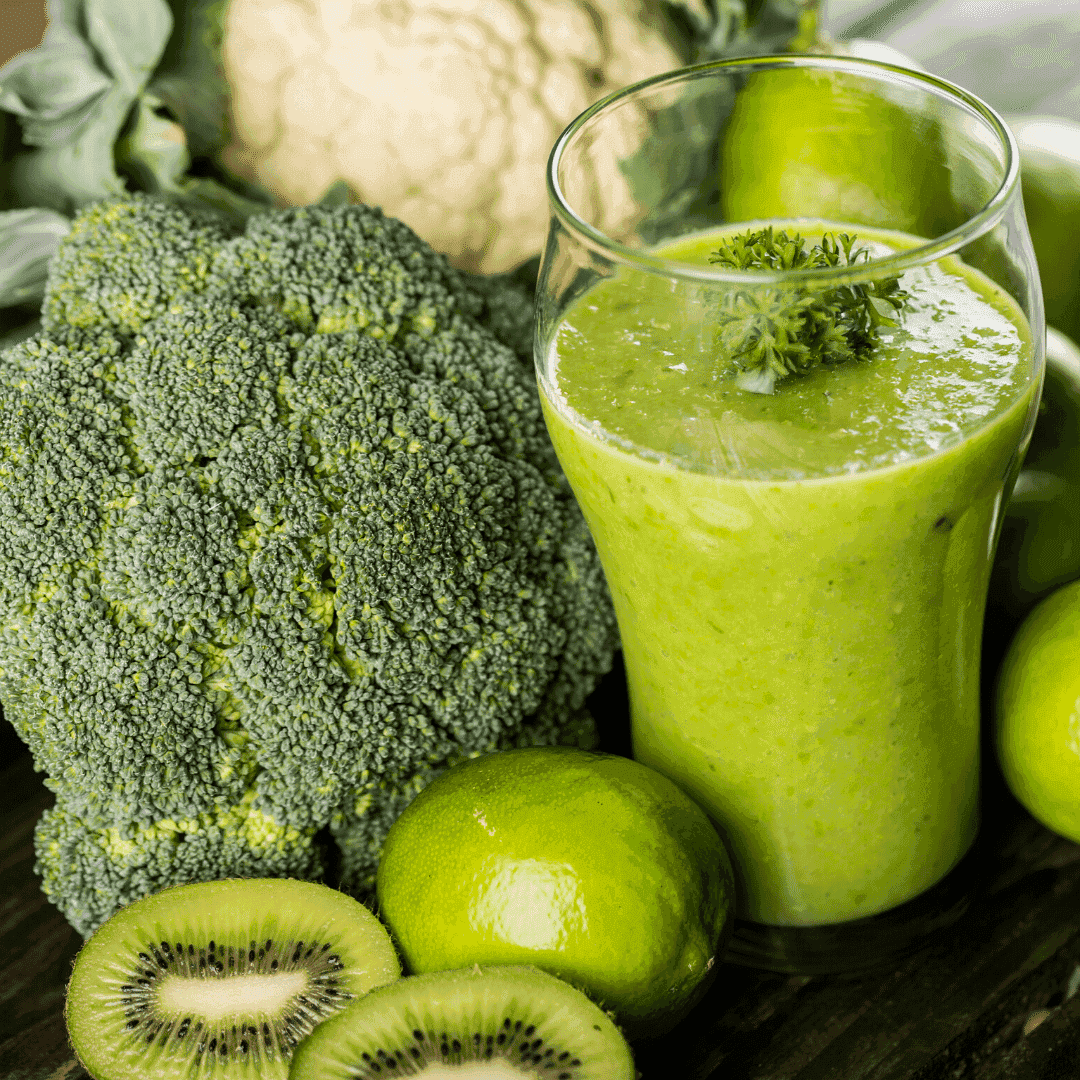
Similarly, pureeing food makes little difference in the fiber content of most foods.
Pureed food has the same fiber content very much as non-pureed food, as it is just changing the form of the food, and not removing anything from it.
The only thing you need to keep in mind while pureeing is that some devices, such as juice extractors, could strain out the pulp. That will lower the fiber content as most of it is actually contained within the pulp.
High Fiber Foods To Avoid
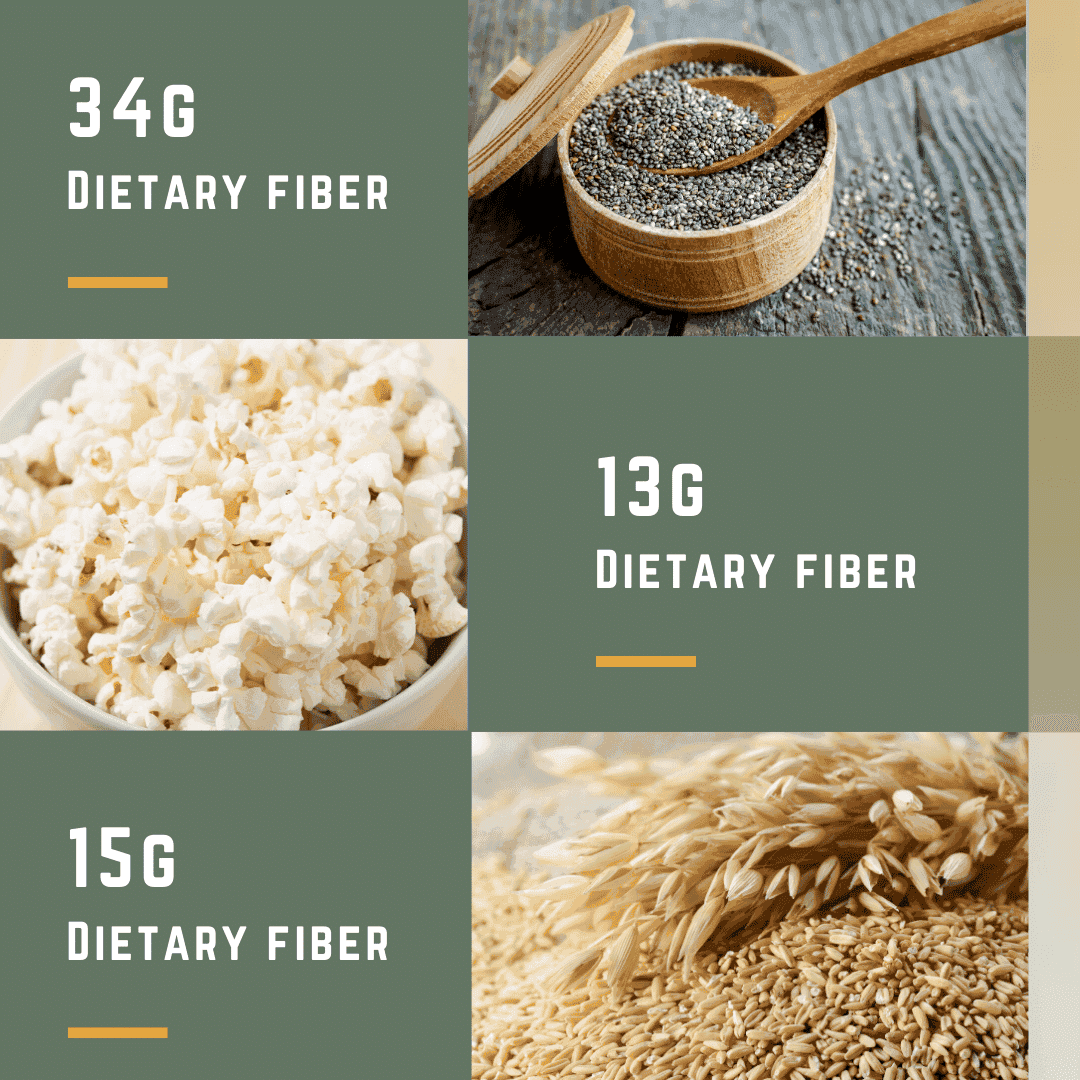
Chia seeds, popcorn, and oat bran. Amount Per 100 grams.
When it comes to a low-residue diet for health reasons, there are many foods that need to be avoided.
Whole wheat and whole grains are high-fibrous foods, along with whole-grain bread and pasta. Bran, oatmeal, popcorn, chia seeds, quinoa, and brown rice should be avoided as well.
Foods that contain seeds or nuts need to be avoided, and berries and dried fruits are not ideal. Raw fruits are also to be avoided except for grapes; melons and peaches provided they have been peeled.
List Of Low Fiber Foods
- Eggs
- Meat
- Fish
- Whey Protein
- Tofu
- White Rice
- Watermelon
- Honeydew Melon
- Cantaloupe
- Grapes
- Lettuce
- Tomato
- Peach
- Peeled Potato
- White Pasta
- Corn Grits
- Asparagus
- Cabbage
- White Bread
Check out the amount of fiber per 100g in each of these foods below.
Eggs

Eggs contain 0g of dietary fiber.
Eggs are full of protein, fats, vitamins, and other vital nutrients. However, eggs do not have any fiber in them at all. For this reason, they are a very good choice for anyone who needs to follow a low-residue diet.
Meat
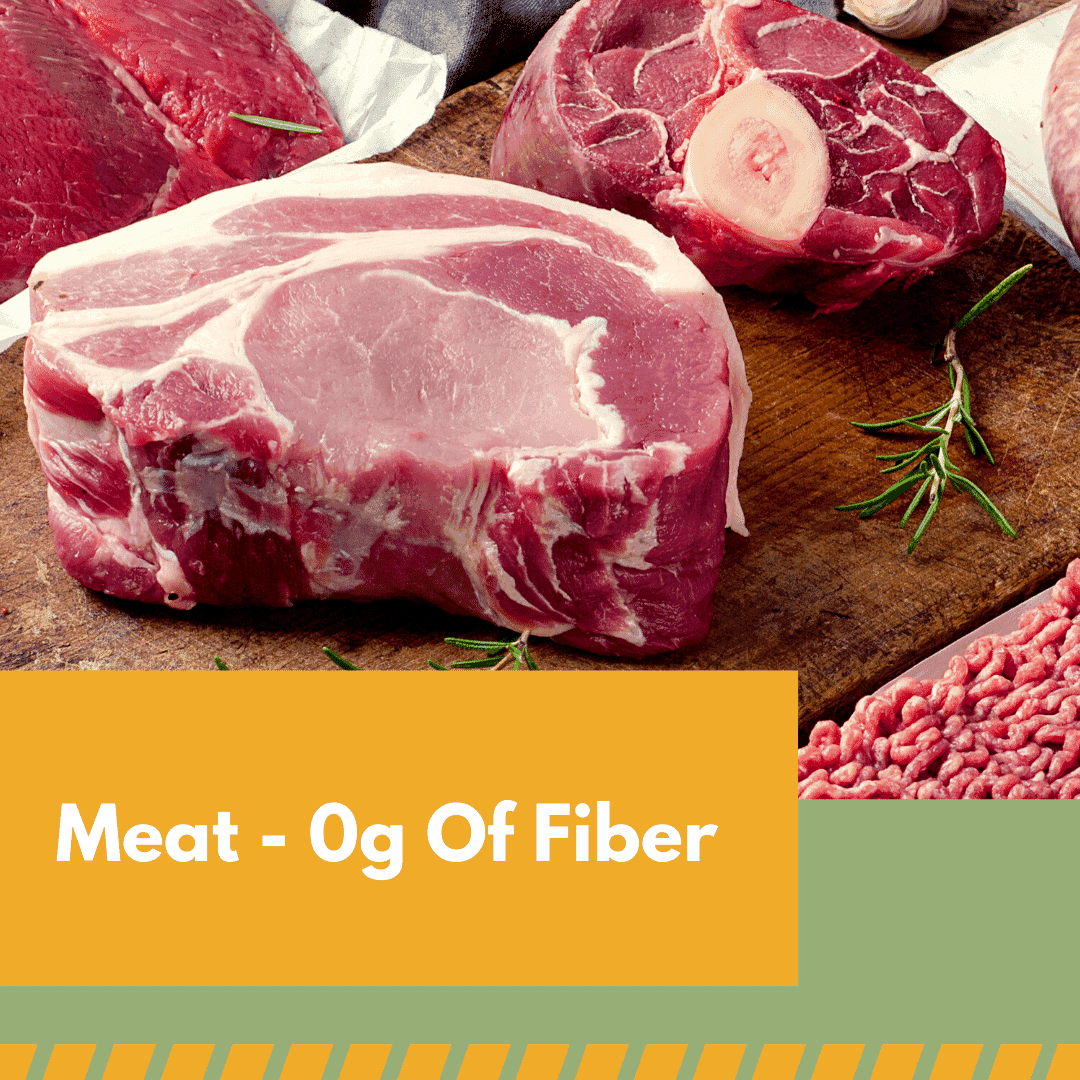
Like eggs, meat is also full of protein and contains zero fiber. This is the case with every type of meat, such as pork, beef, and chicken. Consuming meat is the best way to maintain a low-residue diet.
Fish
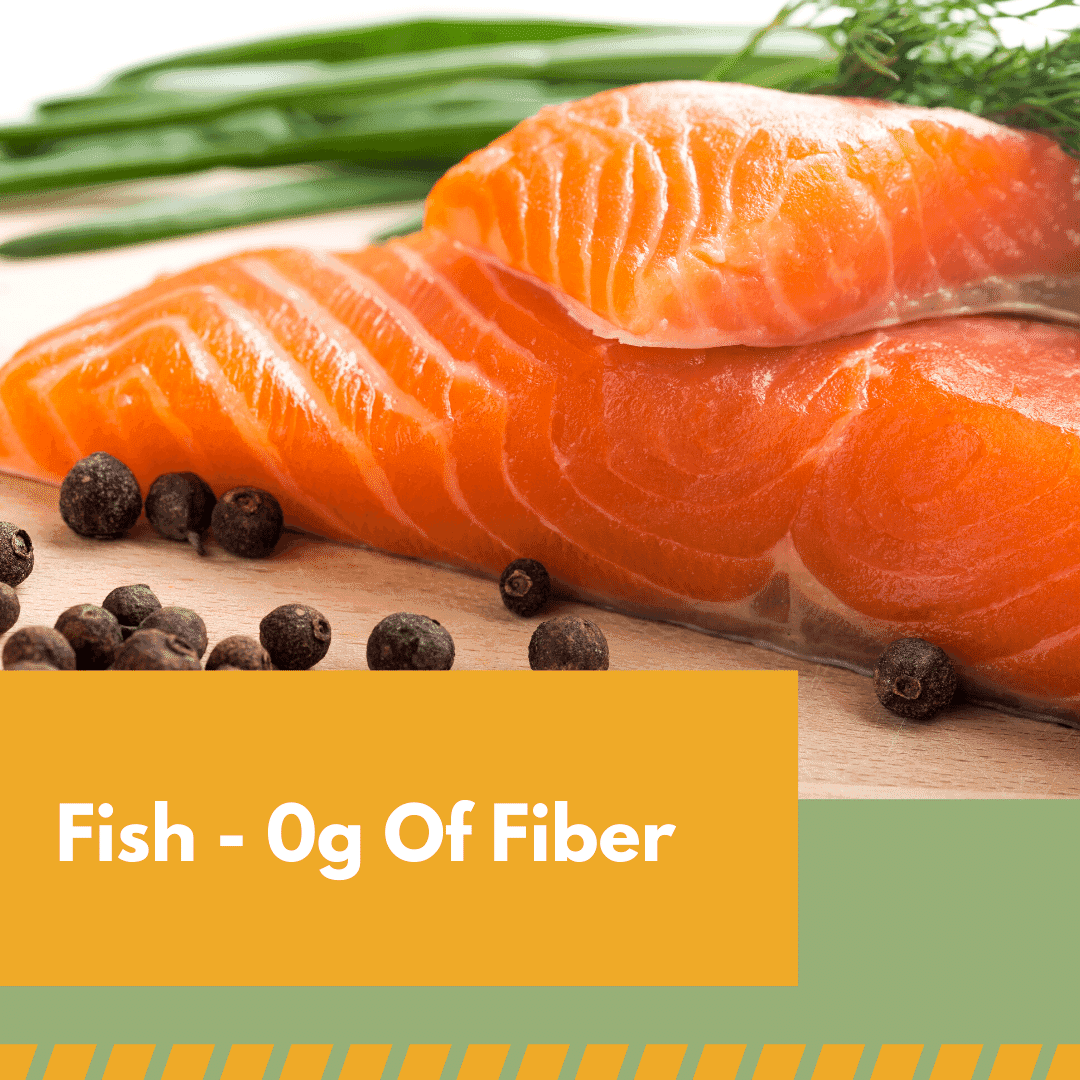
Like eggs and meat, fish also contain no fiber whatsoever. But what fish does have are plenty of healthy fats, beneficial nutrients, and is a good source of protein.
Whey Protein
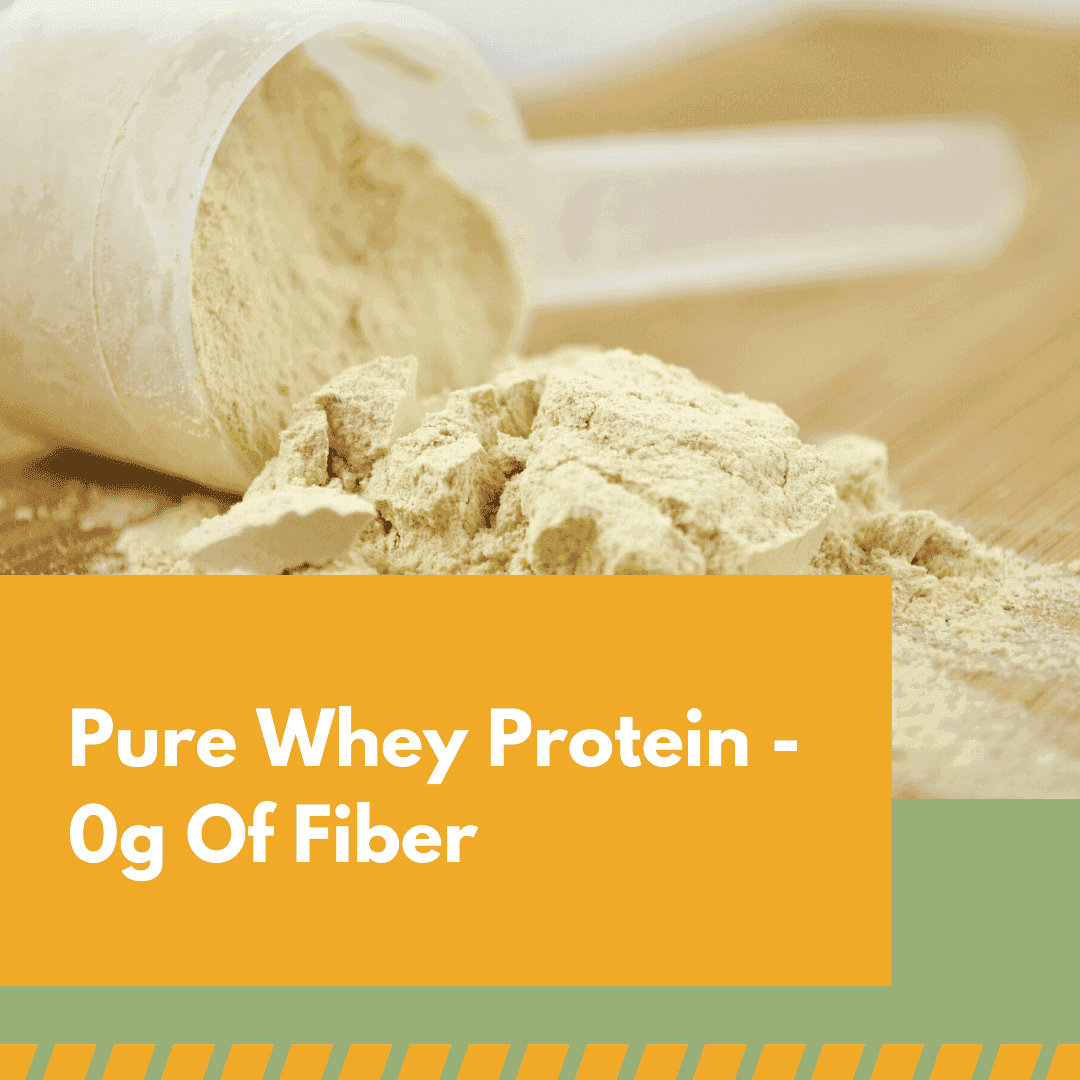
Whey is the remains of curdled milk. It has become a popular protein supplement because the whey liquid from the milk contains a lot of protein.
The most popular protein supplement comes in powdered form. There is no dietary fiber in this supplement.
However, some of the protein supplements on the market have added carbohydrates, which means they may have a small amount of fiber.
You can always tell if this is the case by checking the nutrition label for the amount of fiber per serving. Sometimes, you’ll get about 0.2 grams of fiber for every 100 grams of whey protein.
Tofu

This popular vegan meat alternative is sometimes called bean curd. After soy milk is coagulated, the curds get pressed into solid white blocks. These blocks have various degrees of softness to them. Tofu is low-carb and high-protein food and only contains 0.3 grams of fiber per 100 grams.
White Rice

White rice is milled rice, which means the bran, husk, and germ of brown rice have been removed. The result is rice that is very low in fiber, containing only 0.4 grams of fiber per 100 grams of white rice. This is considerably less than what is found in brown rice.
Watermelon
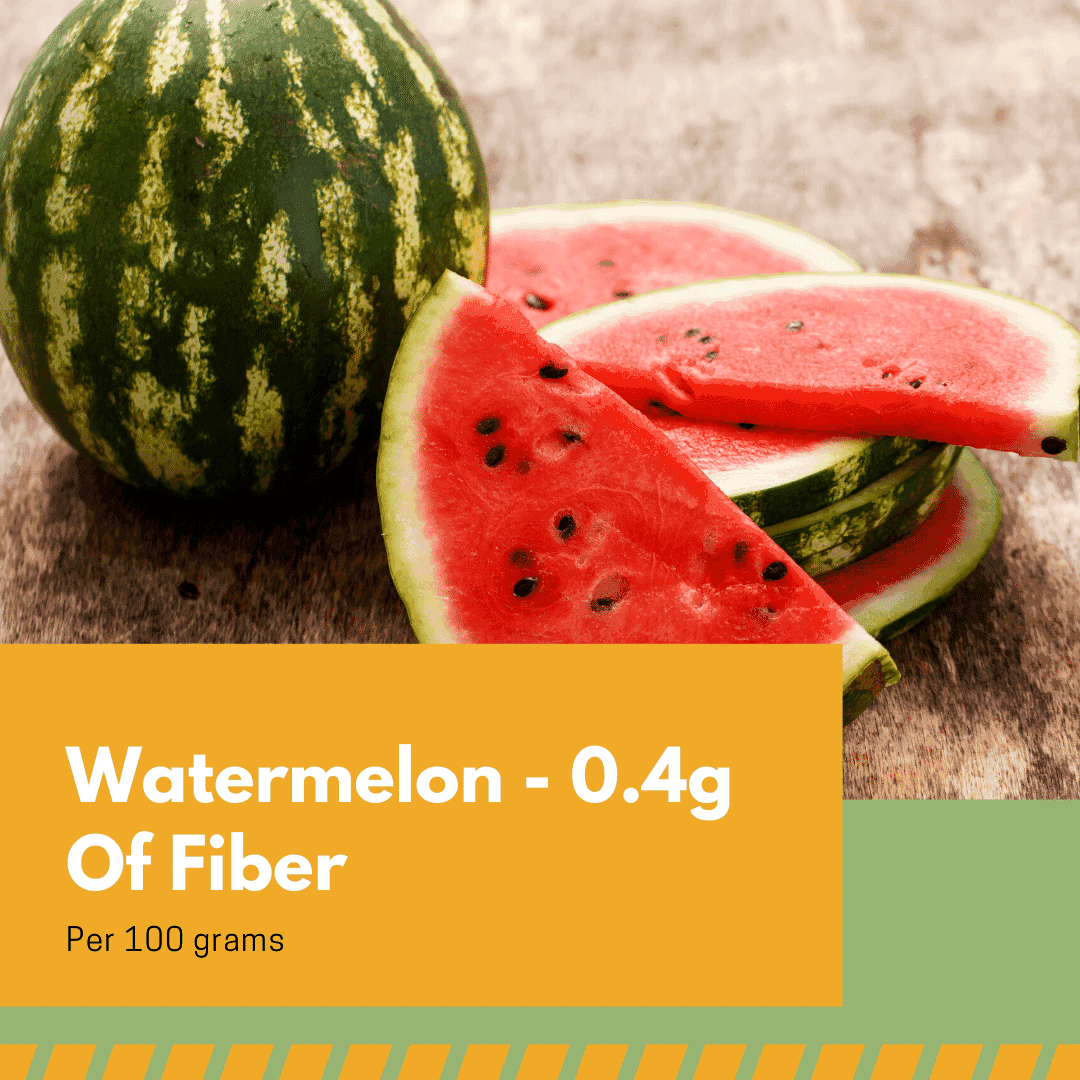
Watermelon is also a very low source of fiber, providing only 0.4 grams per 100 grams. Same as white rice. Just make sure you remove all the seeds as the seeds are very fibrous. Either that or you can purchase the seedless watermelon to avoid accidentally ingesting any seeds.
Honeydew Melon
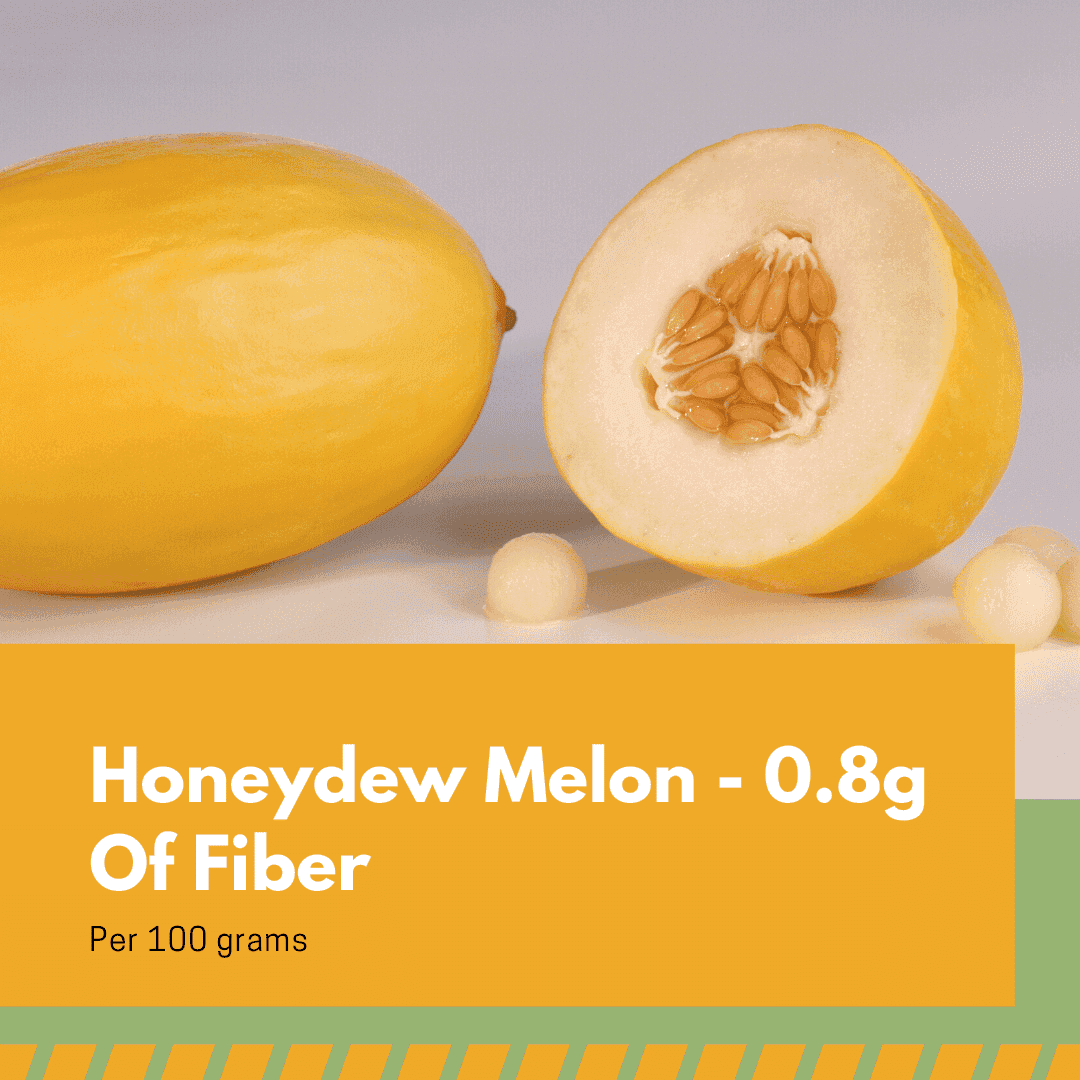
Honeydew melon has properties that are very similar to a cantaloupe. They are both sweet, light-green skinned, and of similar shape and size. There are only about 0.8 grams of fiber per 100 grams of honeydew melon. Vitamin C is the most abundant nutrient found in honeydew melon.
Cantaloupe
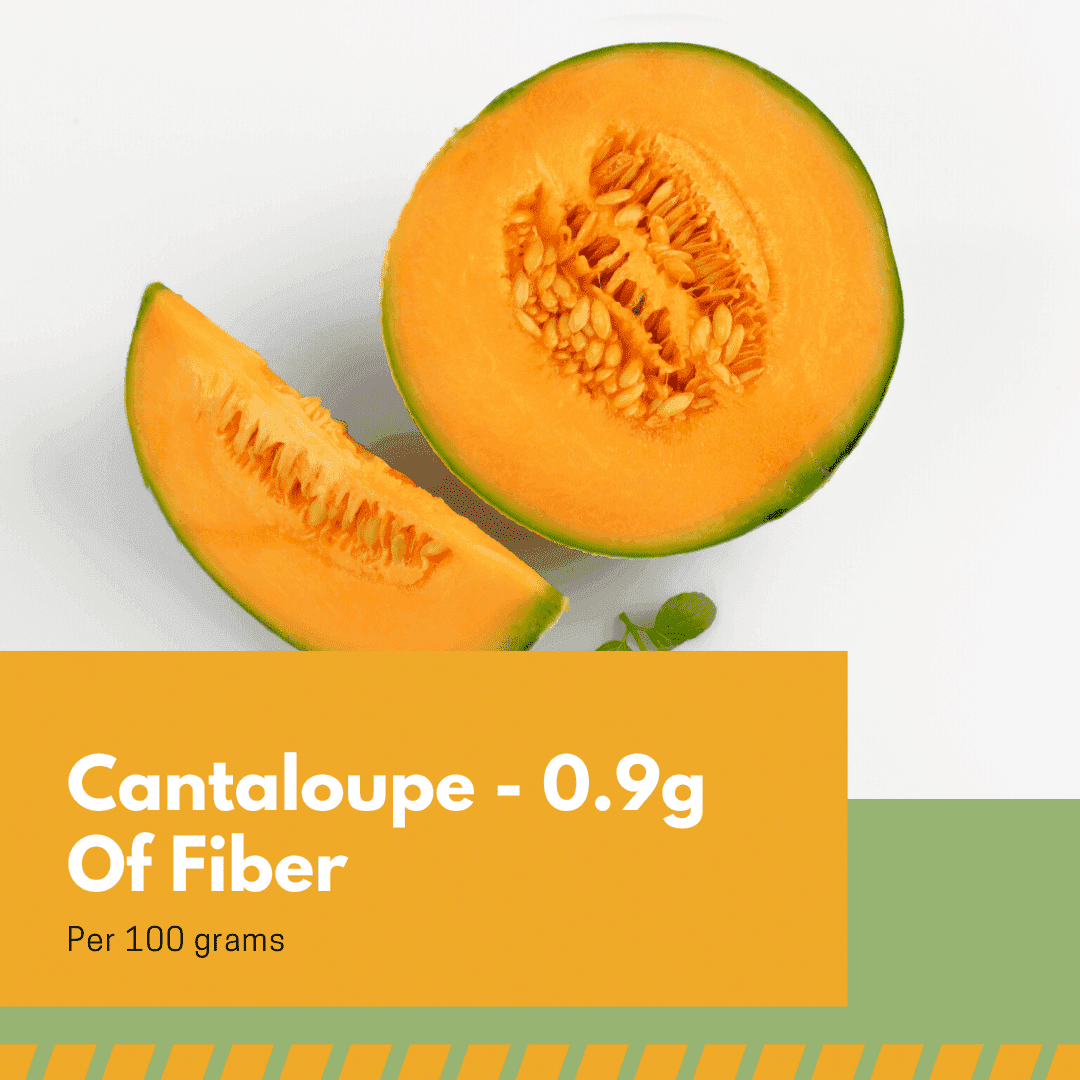
Cantaloupe, also known as rockmelon or sweet melon is similar to a honeydew melon. In fact, cantaloupe is much sweeter than an actual melon.
It is a good source of Vitamin A and Vitamin C. It also has a good amount of magnesium, Vitamin B-6, Calcium, and iron. However, there are only 0.9 grams of fiber per 100 grams of cantaloupe.
Grapes
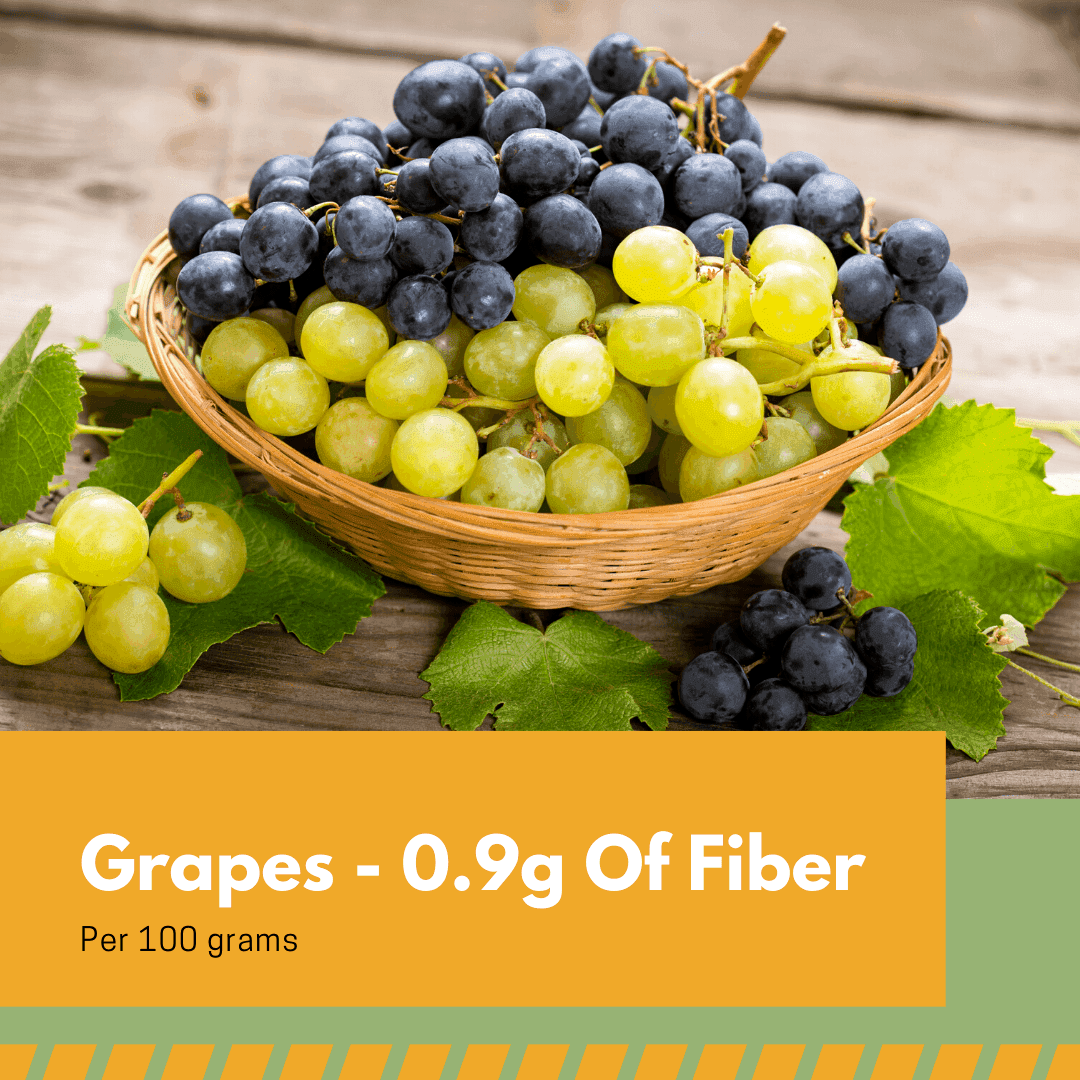
There are purple, red, green, and seedless grapes. Although grapes are packed with nutrients, antioxidants, and potent plant compounds, they are not very fibrous.
There are approximately 0.9 grams of fiber per 100 grams of grapes, which is quite low. Grapes contain a fair amount of Vitamin C, magnesium, Vitamin B-6, Vitamin A, and Calcium.
Lettuce
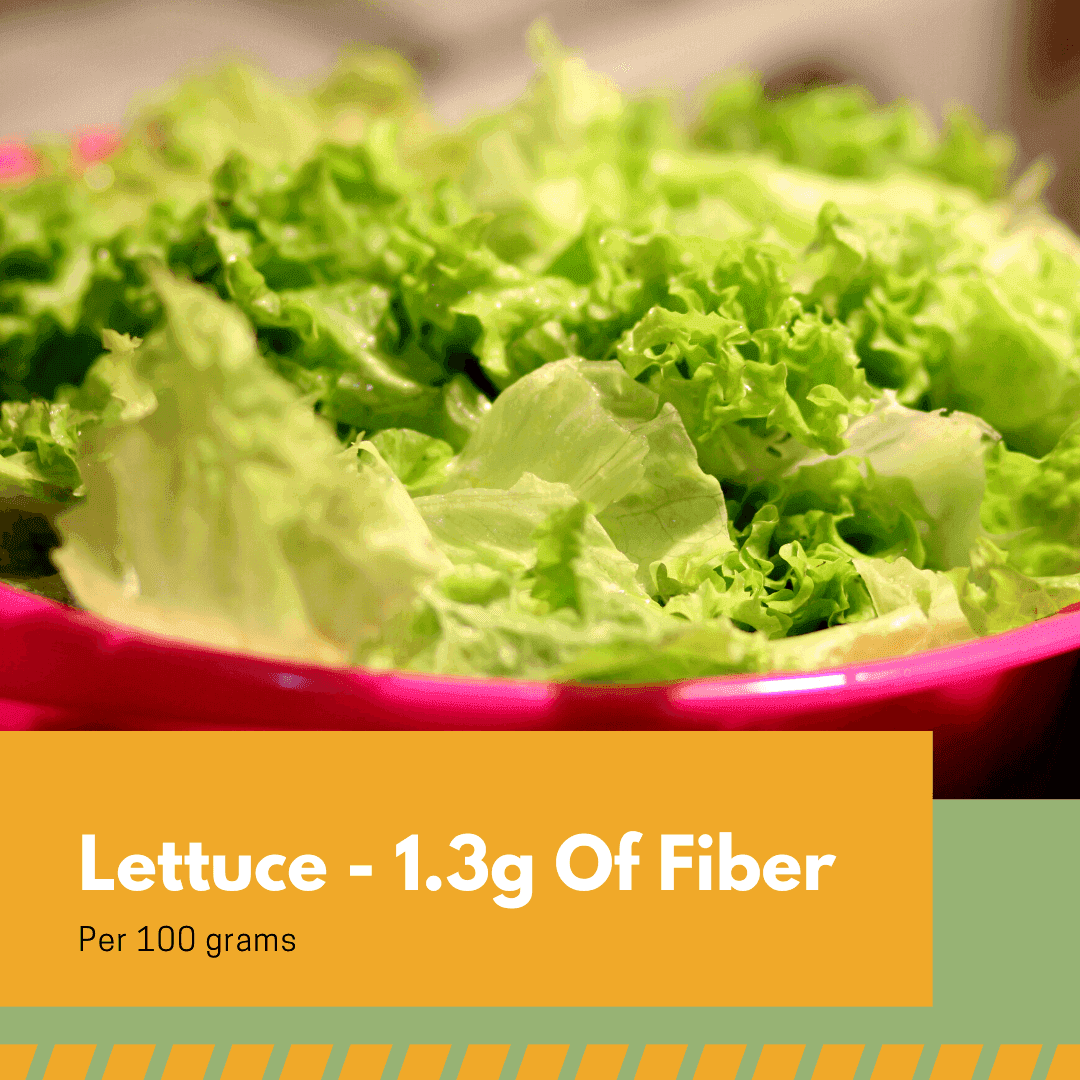
Lettuce is a leafy green vegetable that is most famously used as an ingredient in salads. There are only 1.3 grams of fiber per 100 grams of lettuce.
Although it contains a lot of Vitamin A, lettuce is not as nutrient-dense as a greener vegetable like spinach. Lettuce is also not very fibrous, which is perfect for someone on a low-residue diet.
Tomato

There are approximately 1.5 grams of fiber, 237 mg of potassium, 900 mg of protein, and 14 mg of Vitamin C per 100 grams of tomato. One tomato with your meal should be okay for anyone on a low-residue diet. If you peel it, it is even better.
Peach

The peach is a popular juicy fruit. It is a good source of magnesium, iron, Vitamin C, and Vitamin A.
It has approximately 1.5 grams of fiber for every 100 grams of fruit. This doesn’t make it the most fibrous fruit, so you could get away with eating one peach and still maintain your low-residue diet.
Peeled Potato
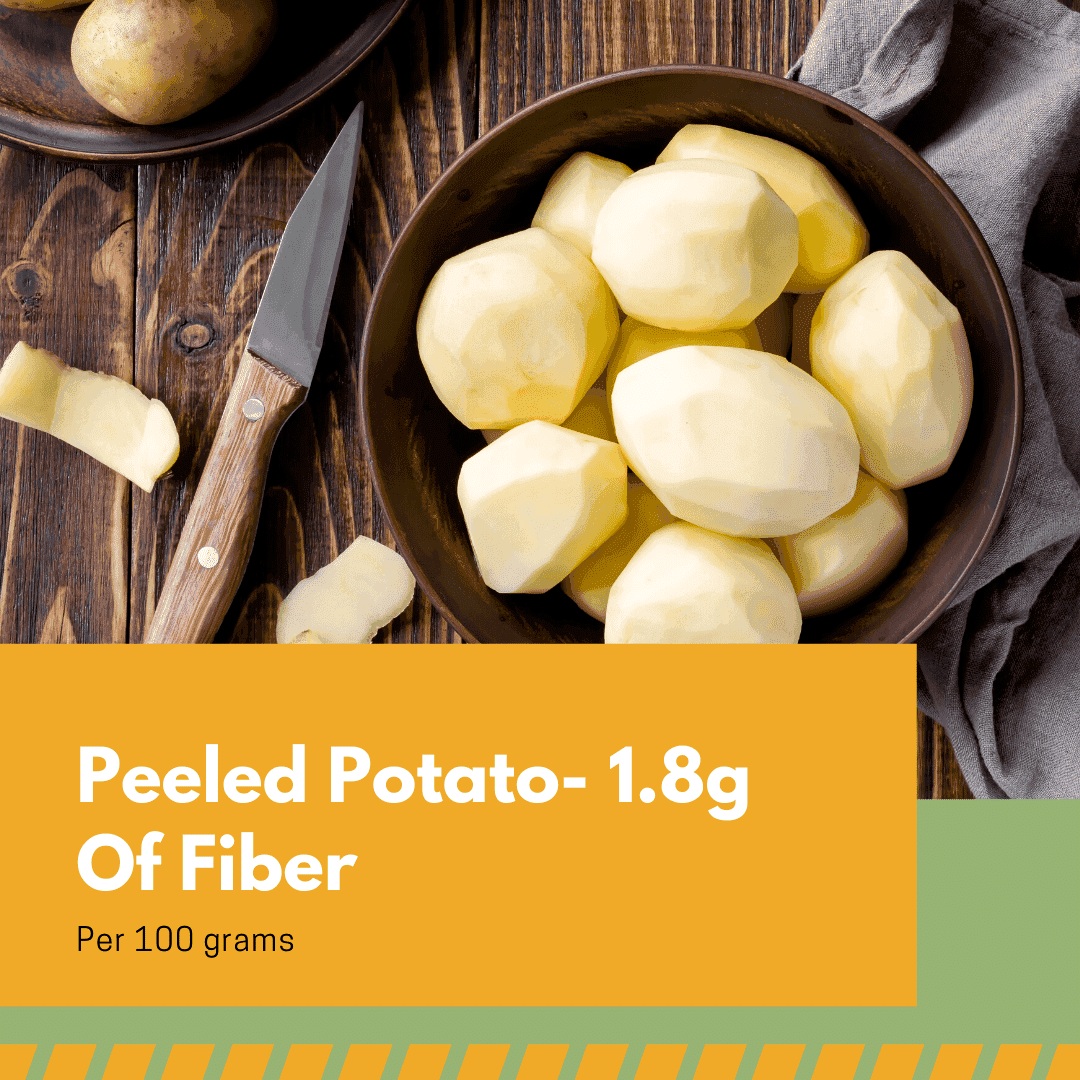
Peeled potato contains 1.8g of dietary fiber per 100 grams.
Potato skins are very fibrous. But if you peel the potato before you cook and consume it, then you will reduce the fiber intake tremendously.
There are only 1.8 grams of fiber per 100 grams of peeled potato. Potatoes are high in potassium and contain Vitamin C, Vitamin A, calcium, and some protein.
White Pasta
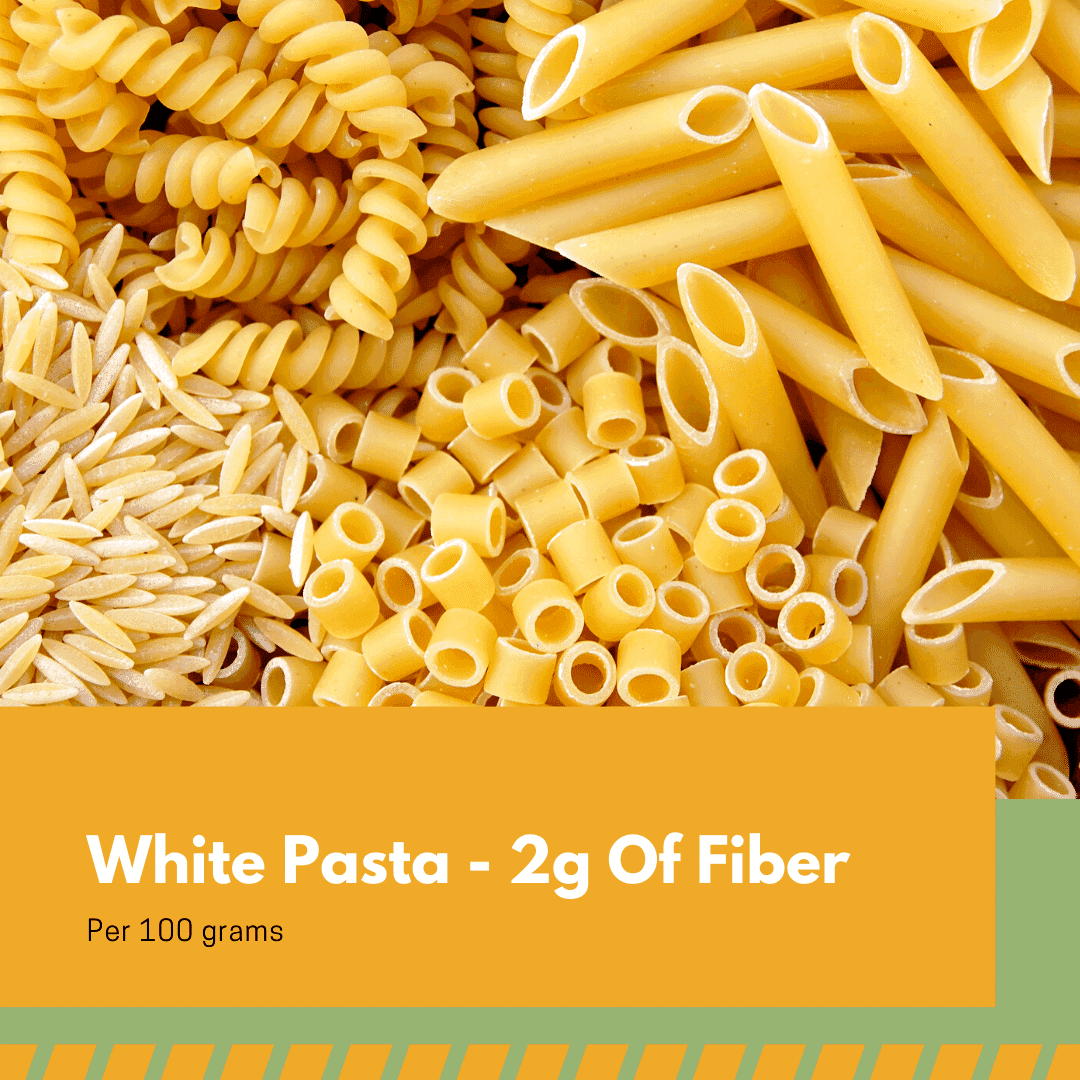
White pasta only has 2 grams of fiber per 100 grams of pasta because it is made with refined carbohydrates, similar to white bread.
The difference between white pasta and wheat pasta is that white pasta is made using refined wheat flour. This flour is stripped of its nutrient value, with virtually no minerals, vitamins, or fats to speak of, including fiber.
Corn Grits
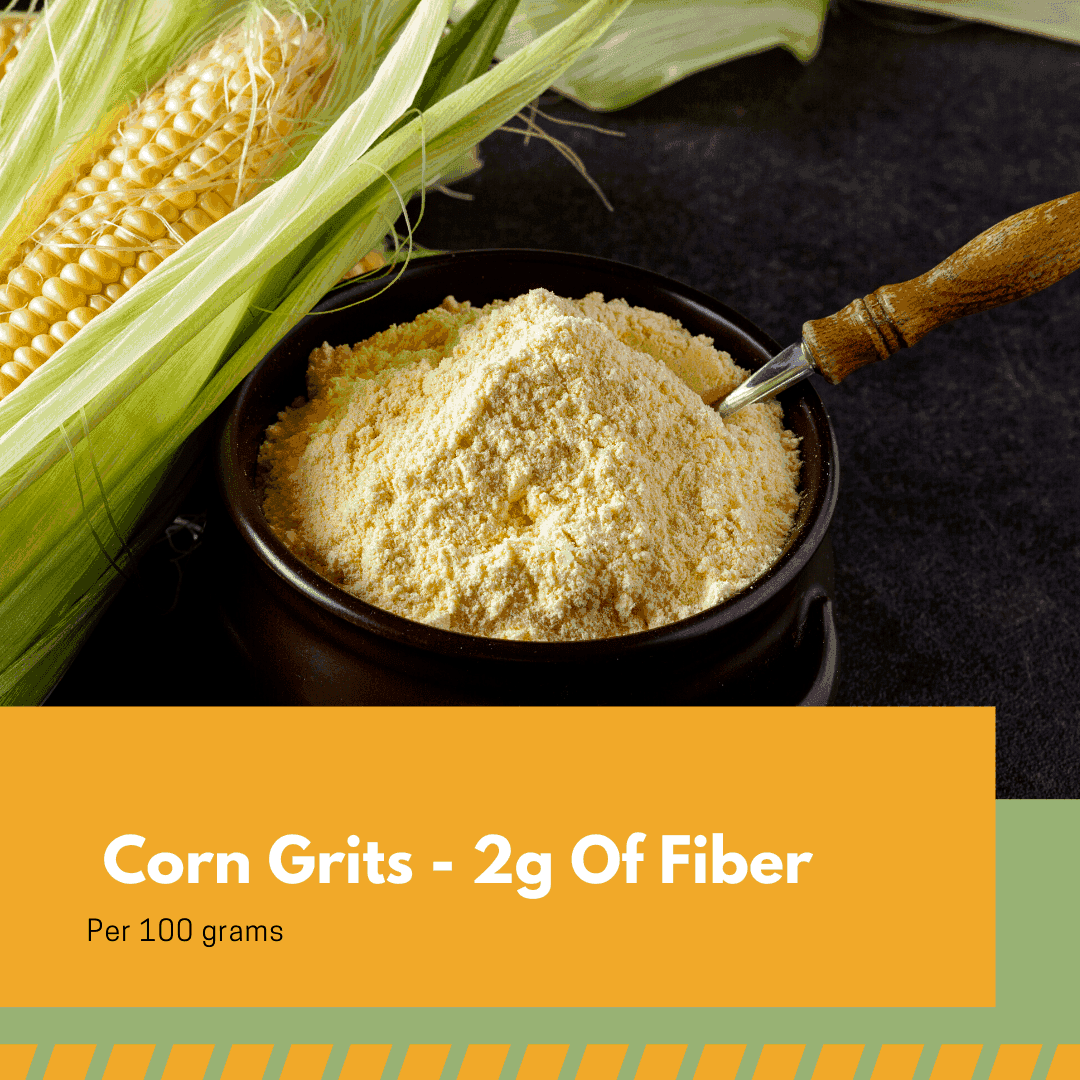
Corn grits are prepared by boiling cornmeal, which is mostly grounded up in dry corn. They are very high in vitamin B and iron but only contain about 2 grams of fiber per 100 grams of corn grits. That is a little more than you would probably want for a low-residue diet. But it is doable if you eat the grits in moderation.
Asparagus

Asparagus is a type of vegetable that comes from the same family as garlic and onions. There are approximately 2.1 grams of fiber per 100 grams of asparagus.
If you were to cut up one medium spear and use it as a topping for your meat, then you would have very minimal fiber consumed. The three most prominent nutrients in asparagus are Vitamin C, Vitamin A, and Iron.
Cabbage
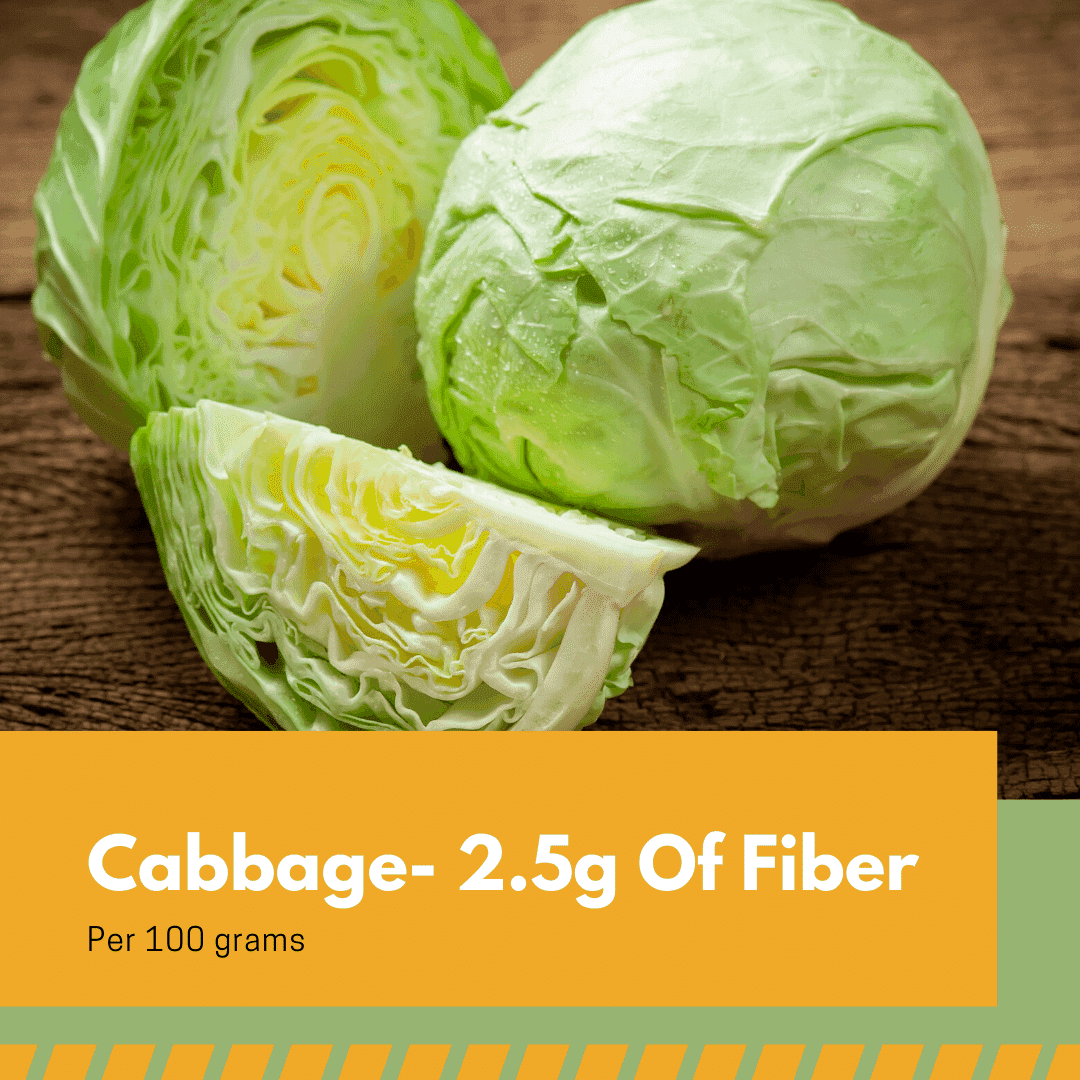
Despite its impressive nutrient content, cabbage only has 2.5 grams of fiber per 100 grams of cabbage. Cabbage can be used for a low-residue diet if eaten in moderation.
White Bread

Wheat grains consist of three components. Firstly there is the protective outer layer, called bran. Then there is the seed from which the new plant grows, called wheat germ.
Finally, there’s the primary food source, called endosperm. White flour that is used to make white bread is made from the endosperm only.
That is the reason why white bread has lower amounts of fiber than wheat bread. You’ll get about 2.7 grams for every 100 grams of white bread. However, there is a substantial amount of carbohydrates and some proteins in white bread.
Read Also: What should you do if you have accidentally eaten moldy bread?
Introducing Fibrous Foods Back Into Your Diet
A low-residue diet is only recommended for a short period of time. People will usually follow this diet for about two to three weeks. After that, fiber is gradually re-introduced back into your menu.
A low-residue diet can be broken with the introduction of softer fruits and vegetables that will not irritate the digestive system and provide necessary vitamins.
Here are 4 steps for transitioning off a low-residue diet: stealthbelt.com
Soluble And Insoluble Fiber
There are two main types of fiber, soluble and insoluble.
Soluble Fiber
Soluble fiber dissolves in water and gastrointestinal fluids when it enters the stomach and intestines. Bacteria in the large intestine digest it, and it releases very few calories.
Read Also: 6 Popular Gassy Foods You Should Avoid And Tips For Quick Relief.
Insoluble Fiber
As the name suggests, it does not dissolve in water. It remains unchanged as it moves through the digestive tract and is not a source of calories.
Some of the benefits include:
- It helps to reduce the risk of cardiovascular disease, lowers cholesterol, and stabilizes blood sugar.
- It also lowers fat absorption helps with weight management, and prevents constipation.
- It lowers the risk of diverticular disease by preventing constipation and intestinal blockages.
- Insoluble fiber also helps to reduce the risk of developing small folds and hemorrhoids in the colon.
Read more about which fibrous foods are the best for a well-functioning gut: How to stimulate the growth of beneficial microorganisms in your gut >>>
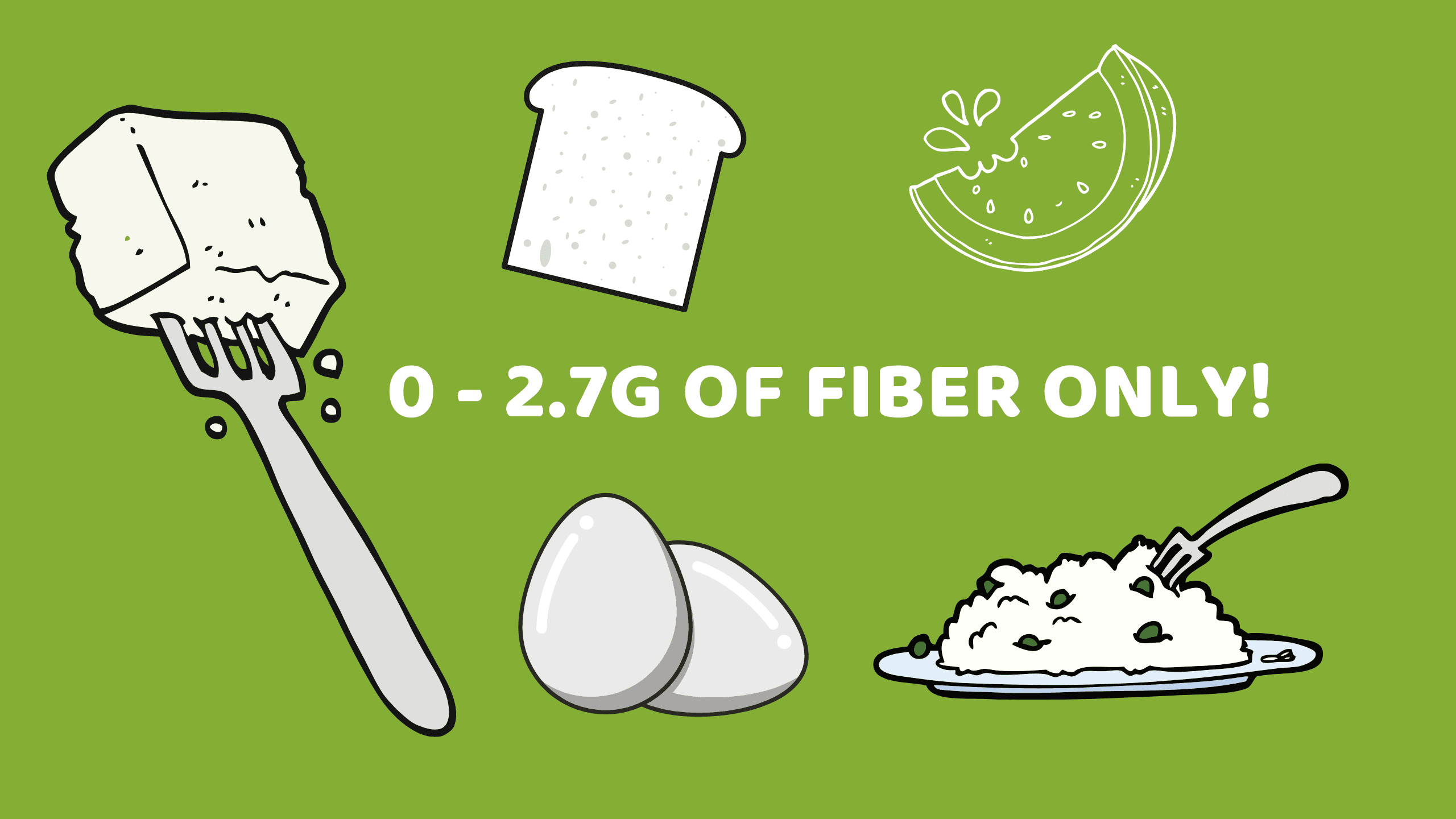
There is a common misconception that fiber is essential for good gut health. However, this is not the case. In fact, fiber can actually be harmful to gut health. The reason for this is that fiber is a type of carbohydrate that is not broken down by the body and thus passes through the digestive system unchanged. This can lead to constipation, bloating, and other gastrointestinal problems.
I’m vegan and I need to eat a low fiber diet for constipation